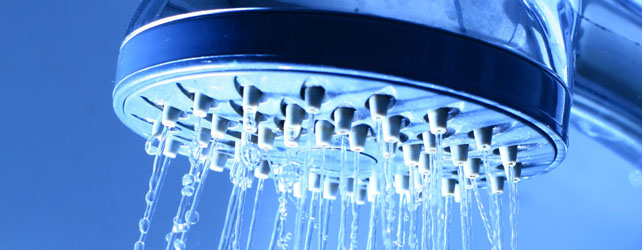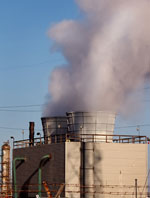Legionella Control - Risk Assessment
Legislation
In Ireland, under occupational Health and Safety legislation, there is a legal obligation on employers to carry out a RISK ASSESSMENT in relation to legionella prevention and control in the workplace and where a risk is identified the appropriate control measures should be put into place and a risk management plan adopted.
- Safety, Health and Welfare at Work Act 2005 (No.10 of 2005)
- Safety, Health and Welfare at Work (Biological Agents) Regulations 2013 (S.I. No.572 of 2013.)
- Safety, Health and Welfare at Work (General Application) Regulations 2007 (S.I. No.299 of 2007)
- Safety, Health and Welfare at Work (Chemical Agents) Regulations, 2001 (S.I. No.619 of 2001)
In September 2009, The Health Protection Surveillance Centre (HPSC) published updated 'National Guidelines for the Control of Legionnaires Disease in Ireland 2009'. They provide advice on identifying and assessing the potential risks associated with legionella in various environments and how to prevent and manage the risk. View the full guideline document here.
Although it is impossible to guarantee that pathogenic micro-organisms such as legionella will not exist in a water system, through effective management and control programmes it is possible to dramatically reduce the factors that allow those responsible bacteria to proliferate and spread.
What is Risk Assessment?
This is a site specific document that details findings of an examination of your entire water system within your premises. Its primary purpose is to identify for you if there are any parts of your system that might support or enable the growth of legionella bacteria and other waterborne pathogens, therefore presenting a risk of contaminating the system.
Your assessment takes into account:
- Water temperature
- Water stagnation
- Potential for aerosol formation
- Heat gain/loss
- Condition of the water
- Condition of the water service and the system as a whole
- The susceptibility of exposed persons
- The population density of exposed persons

The following are all sources or potential sources of legionella bacteria:

- Water systems incorporating a Cooling Tower
- Water systems incorporating an Evaporative Condenser
- Hot and Cold water systems
- Spa pools
- Natural Thermal Springs and their distribution systems
- Respiratory and other therapy equipment
- Humidifiers
- Dental chair waterlines
- Fountains/Sprinklers
- Water Cooled Machine Tools
- Vehicle Washes
- Other plant and systems containing water which is likely to exceed 20°C or have an electrical component that can transfer heat and cause localised heating and which may release a spray or aerosol during operation or when being maintained.

Following a site survey our fully experienced and City and Guilds qualified Risk Assessor will produce a detailed site specific report. The Legionella Risk Assessment Report will identify any risks as well as any remedial actions necessary to meet current regulations.
Recommended Practices and Guidelines
The HPSC's Legionella Control Guidelines recommend that a Risk Assessment should be undertaken by an organisation which is independant of other contractors that maybe providing water treatment or on going maintenance of water systems.
WHI's Legionella Risk Assessment programme has been developed in accordance with current recommended practices and guidelines on the control of legionella from the Health Protection Surveillance Centre's 'National Guidelines for the Control of Legionellosis in Ireland 2009' ,the UK's Health and Safety Executive ACOP L8 (Fourth Edition), HSG274 and BS8580-1:2019.